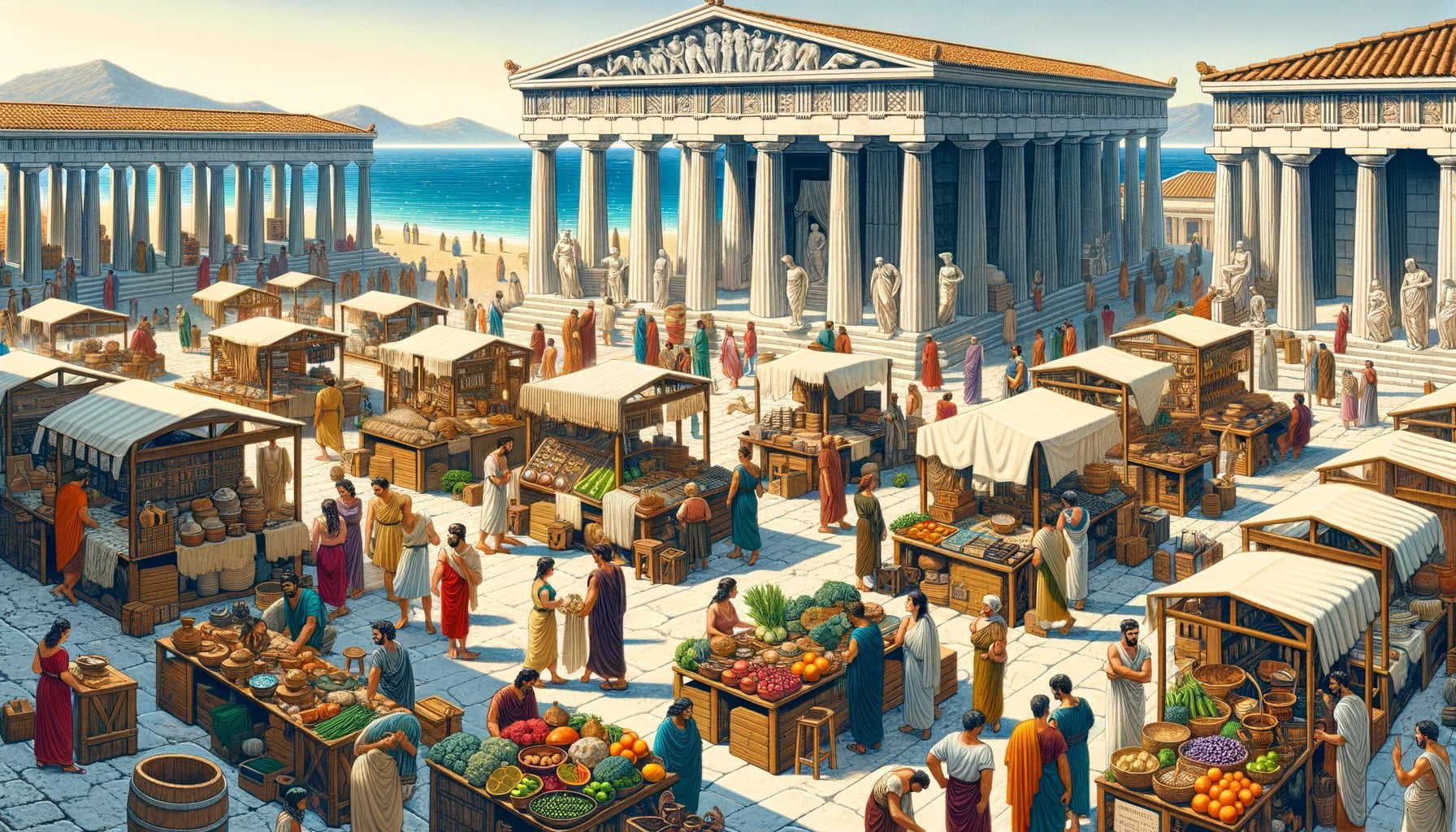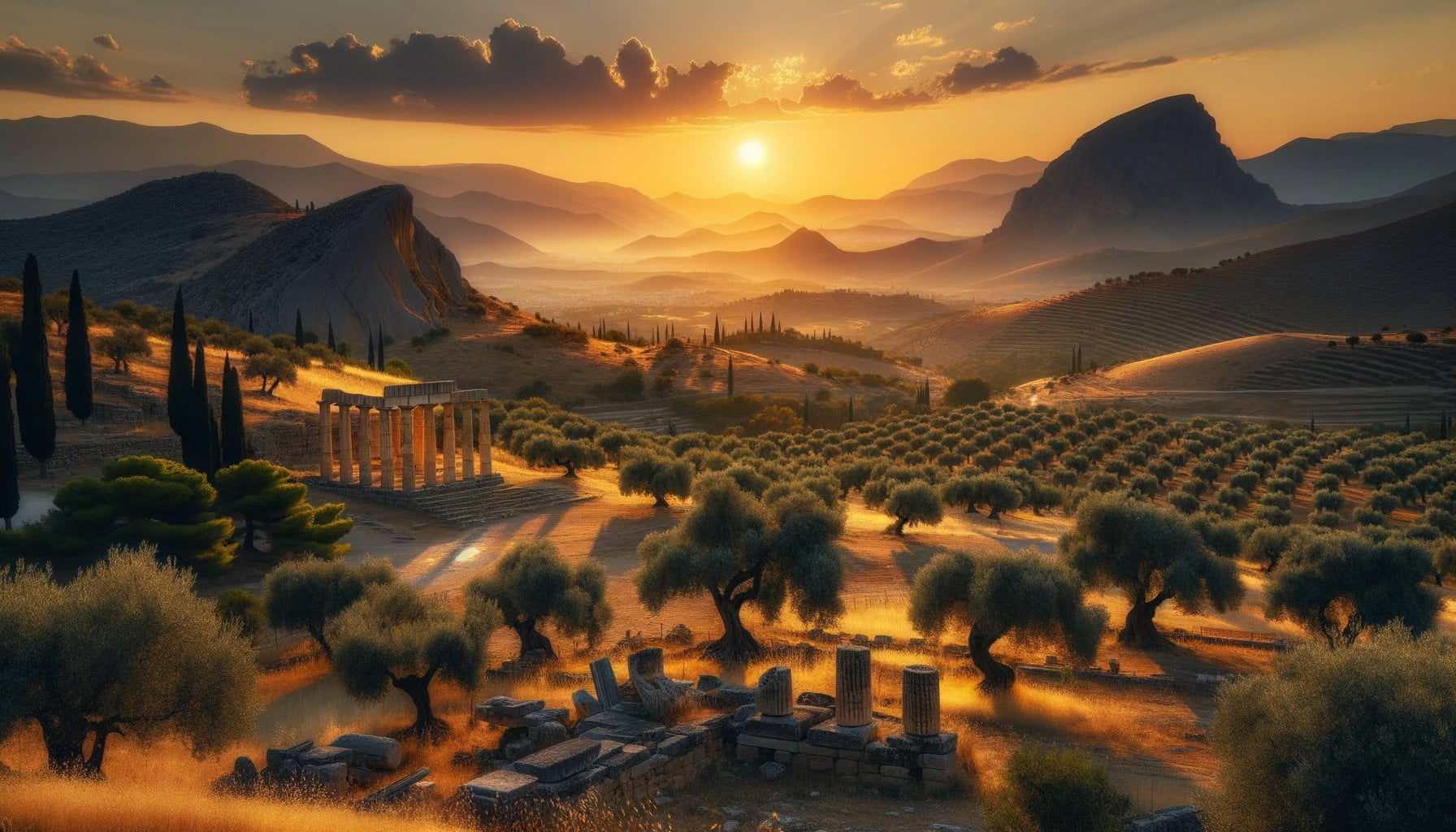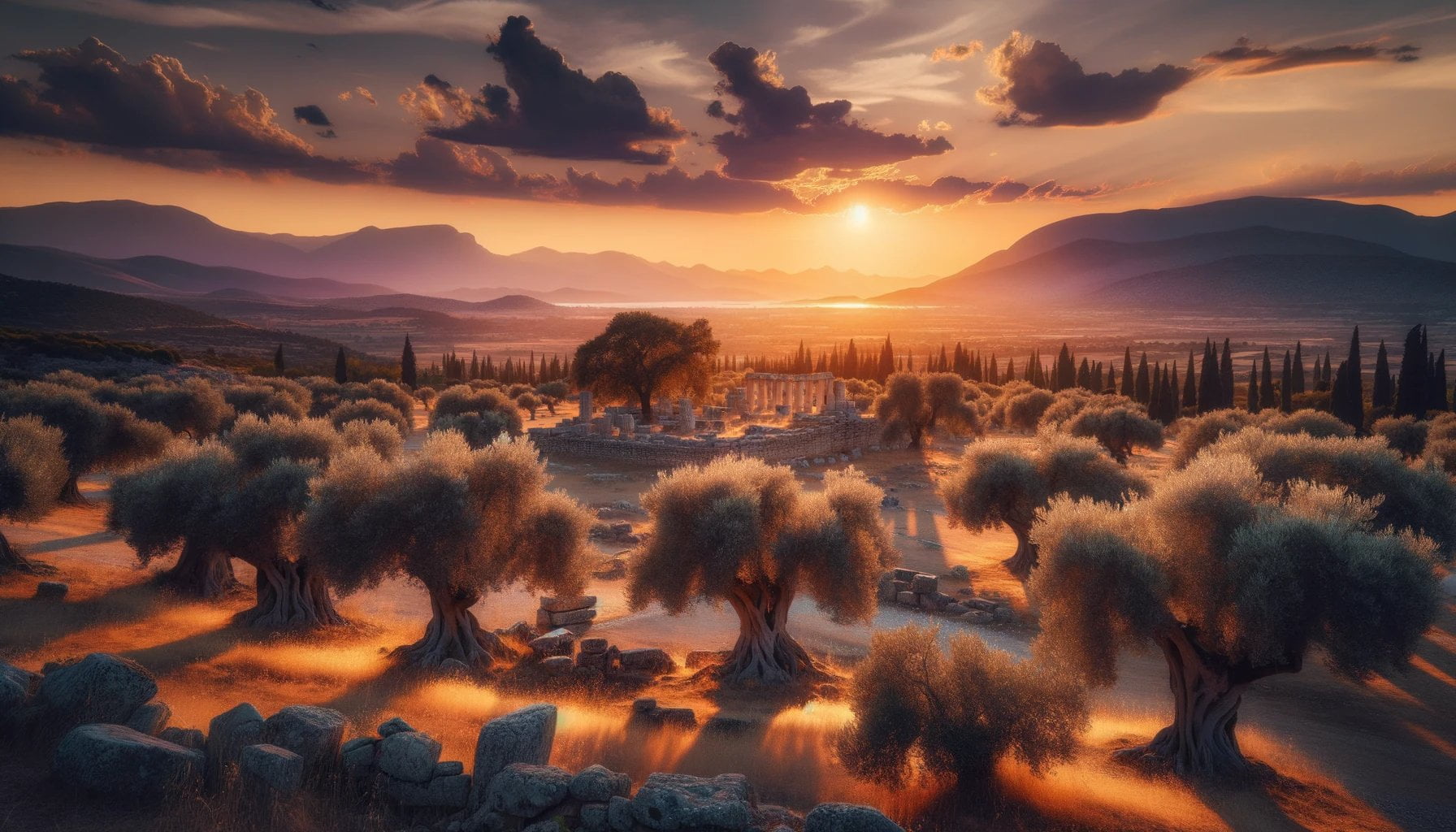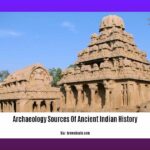Welcome to the captivating world of ancient Greece as we delve into the enigmatic region of Laconia. In this article, we will uncover the fascinating geography, rich history, and remarkable archaeology that define Laconia in the classical period. Moreover, we will explore the role of women in this intriguing society, shedding light on their significance and contributions. Prepare to embark on a journey through time as we unveil the hidden secrets and captivating tales of Laconia – a region that played a pivotal role in shaping ancient Greece.

Key Takeaways:
- Laconia, also known as Lakonia, is a historical and administrative region in Greece, with Sparta as its capital.
- Laconia is bordered by Messenia and Arcadia, and is surrounded by the Myrtoan Sea and the Mediterranean Sea.
- The Eurotas river runs through Laconia, known for its agricultural landscape and being the largest orange producer in the region.
- Laconia has evidence of Neolithic settlement and displays cultural associations with the Minoan culture.
- The region went through different rulers, including the Byzantine Empire, Frankish Principality of Achaea, and Ottoman Empire, before gaining independence in 1821.
- Laconia experienced economic and agricultural growth after Greek independence, but population declined in the post-World War II era.
- Natural disasters, including a fire in 1992 and a flood in 2006, have also impacted the region.
Laconia: A Window into Ancient Greece
Laconia, a historical and administrative region in Greece, holds a mesmerizing allure for those fascinated by ancient civilizations. Situated on the southeastern part of the Peloponnese peninsula, this region immerses us in the captivating tales of ancient Greece. From its rich heritage to its remarkable contributions, Laconia played a pivotal role in shaping the heart of this ancient world.
Journey through Laconia’s History
Tracing the origins of Laconia takes us back to Neolithic times, with evidence of early settlements found in sites like the Alepotrypa cave. As we delve deeper into the past, we encounter the splendor of the Bronze Age, as seen in the advanced art and cultural connections with the Minoan civilization on Crete at the Vaphio-tomb site.
But perhaps the most renowned era in Laconian history is the classical period, dominated by the legendary Spartans. Their impressive military prowess and unwavering discipline remain the stuff of legend, invoking awe and fascination in equal measure. As we explore the ancient cities of Laconia, such as Sparta, we begin to unravel the enigmatic stories of this formidable society.
Unveiling Laconian Culture
To truly appreciate Laconia, we must grasp the distinct cultural aspects that set it apart. The very word “laconic” stems from this region, referring to the Spartans’ direct and succinct communication style. Their penchant for brevity resonated even beyond their borders, shaping the way we use language today.
Laconia’s geographical setting also lends itself to exploration. Its landscapes are a testament to its agricultural abundance, with citrus groves, olive groves, and pastures painting a picturesque scene. In fact, Laconia proudly holds the title of the largest orange producer in the Peloponnese region, and quite possibly in all of Greece.
The Pinnacle of Ancient Greece
In the tapestry of ancient Greece, Laconia stood out as a land of significance. The region’s political and social dynamics formed a vibrant fabric interwoven with the larger Hellenic world. Through its alliances and rivalries, Laconia left an indelible mark on the course of history.
As Laconia’s history takes us through the Byzantine Empire, Frankish control, and the Ottoman conquest, we witness the ebb and flow of power. These historical events shaped the destiny of this land, culminating in its role during the Greek War of Independence in 1821.
Preserve the Treasures of Laconia
Laconia’s illustrious past serves as a reminder of its enduring cultural and historical heritage. Now, more than ever, it is crucial to safeguard these treasures for future generations. By unraveling the mysteries of Laconia, we not only gain insight into ancient Greece but also rediscover the narratives that shape our collective human story.
With every archaeological find, every deciphered text, we inch closer to understanding the complexities of Laconia’s past. Let us embark on this enthralling journey, transported back in time to explore the ancient cities, appreciate the legendary Spartan warriors, and unlock the enigmatic stories of Laconia—a region that forever holds a place of honor in the annals of ancient Greece.
Laconia was a significant region in ancient Greece, but have you ever wondered about the fascinating achievements of ancient Greece? From advancements in art and literature to dramatic naval battles, ancient Greece had it all! Discover more about the accomplishments of this remarkable civilization at What Were the Achievements of Ancient Greece?.
Archaeology of the Classical Period in Laconia
The Classical period in Greece, from 490 to 323 BCE, was a time of immense cultural and historical significance. In this article, we will delve into the archaeology of the classical period in Laconia, a captivating region in ancient Greece ruled by the Spartans.
Dorian Invasion and Early Settlers
Let’s begin by exploring the origins of Laconia. The Dorian Invasion, which occurred around 1100 BCE, brought widespread destruction to the Peloponnese region, including Laconia. It took several centuries for Laconia to recover and develop. The earliest traces of human settlement in the area can be traced back to the Middle Neolithic period through pottery fragments.
Sparta and Laconia
During the Classical period, Sparta emerged as the dominant city-state in Laconia. Spartans, known for their legendary military prowess, played a crucial role in shaping the course of ancient Greek history. Their society revolved around warfare, and this military focus is evident in the archaeological remains found in Laconia.
War and Settlements
The constant warfare during the Classical period led to significant developments in settlements, architecture, and craftsmanship in Laconia. Spartan settlements were strategically built to defend against invaders, and the archaeological excavations have provided insights into the daily life and military infrastructure of the Spartans during this time.
Religion and Art
Ancient Greek religion was deeply intertwined with the lives of the people in Laconia. Temples and sanctuaries dedicated to various gods and goddesses were constructed throughout the region, leaving behind a rich archaeological record. Votive offerings, statues, and inscriptions found in Laconia provide valuable insights into the religious practices and beliefs of its ancient inhabitants. The artistic expressions of Laconia, including pottery, sculptures, and architectural ornamentation, showcased the creativity and skill of its people.
Key Takeaways:
– Laconia’s history dates back to the Dorian Invasion in 1100 BCE, and evidence of early settlements can be traced back to the Middle Neolithic period.
– Spartan society, with its focus on military prowess, dominated Laconia during the Classical period, leaving behind a wealth of archaeological evidence.
– The constant warfare during this period influenced the development of settlements and architecture in Laconia, reflecting the military needs of Spartan society.
– Ancient Greek religion played a significant role in the lives of the people in Laconia, with temples and sanctuaries dedicated to gods and goddesses scattered throughout the region.
– The artistic expressions of Laconia, such as pottery, sculptures, and architectural ornamentation, provide valuable insights into the creativity and craftsmanship of its ancient inhabitants.
References:
1. Encyclopedia Britannica – Laconia
2. Cambridge University Press – Archaeology of Ancient Greece
Role of Women
Girls
– Female babies in ancient Greece faced a higher risk of abandonment at birth compared to males.
– Education for citizen children focused on boys, while girls were expected to learn household and maternal skills ^1.
Young Women
– Young women were expected to marry as virgins, with their fathers arranging suitable husbands and negotiating dowries.
– Those who did not marry faced social consequences and lacked economic security ^1.
Married Women
– Married women in ancient Greece were responsible for child-rearing and managing household affairs.
– Contact with non-family males outside the home was limited to preserve family honor ^1.
Other Roles
– Women in non-citizen classes, such as slaves, performed various duties and worked in businesses, depending on their social status ^1.
Athena: The Powerful Goddess
– Athena, the goddess of wisdom and patron of Athens, was a celebrated figure in Greek mythology.
– Athena represented qualities admired in women, despite the limited freedom and influence of actual women in Greek society ^1.
Key Takeaways:
– Girls in ancient Greece faced the risk of abandonment and were taught skills for managing households.
– Young women were expected to marry as virgins, and their fathers arranged marriages and dowries.
– Married women were responsible for household affairs and child-rearing.
– Women in non-citizen classes, such as slaves, played various roles based on their social status.
– Athena, a powerful goddess, symbolized admired qualities in women but did not reflect the rights and roles of actual women in Greek society.
References:
1. World History Encyclopedia. “Women in Ancient Greece.” Accessed April 7, 2023. ^1

FAQ
Q1: What is Laconia?
A1: Laconia, also known as Lakonia, is a historical and administrative region located on the southeastern part of the Peloponnese peninsula in Greece. Its administrative capital is Sparta.
Q2: What is the geography of Laconia?
A2: Laconia is bordered by Messenia to the west and Arcadia to the north. It is surrounded by the Myrtoan Sea to the east and the Laconian Gulf and the Mediterranean Sea to the south. The region includes Cape Malea, Cape Tainaron, and a large part of the Mani Peninsula. Additionally, the islands of Kythira and Antikythera are administratively part of Laconia. The Eurotas river, the longest river in the prefecture, runs through Laconia.
Q3: What is the history of Laconia?
A3: Laconia has evidence of Neolithic settlement, and during the Classical period, it was primarily Spartan territory. It later fell under Byzantine and Frankish control, followed by Ottoman conquest. Laconia remained under Ottoman control until the Greek War of Independence in 1821. In more recent history, Laconia experienced economic and agricultural growth after Greek independence.
Q4: What is the significance of Laconia in ancient Greece?
A4: Laconia, ruled by the Spartans during the Classical period, played a crucial role in shaping the history and culture of ancient Greece. The region’s military nature is reflected in its archaeological remains, and Spartan dominance impacted important historical events such as the Peloponnesian War and the Persian Wars.
Q5: What were the roles of women in ancient Greece?
A5: Women in ancient Greece had limited roles and rights compared to men. Girls were expected to learn skills necessary for managing a household, while young women were expected to marry as virgins. Married women were responsible for child-rearing and household affairs. Women in non-citizen classes, such as slaves, performed various duties and worked in businesses. The goddess Athena was revered as a powerful female figure in Greek mythology.
- Discover Your Personality: Egyptian Feet & Your Traits - April 16, 2025
- Vietnam One Richmond: Authentic Pho & Rolls Review - April 16, 2025
- Amazing March Fun Facts: Unveiling History & Celebrations - April 15, 2025
















